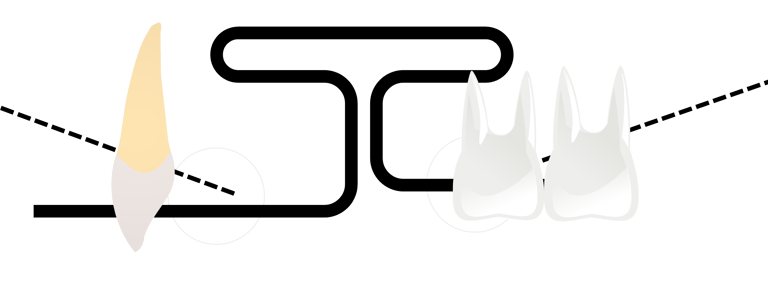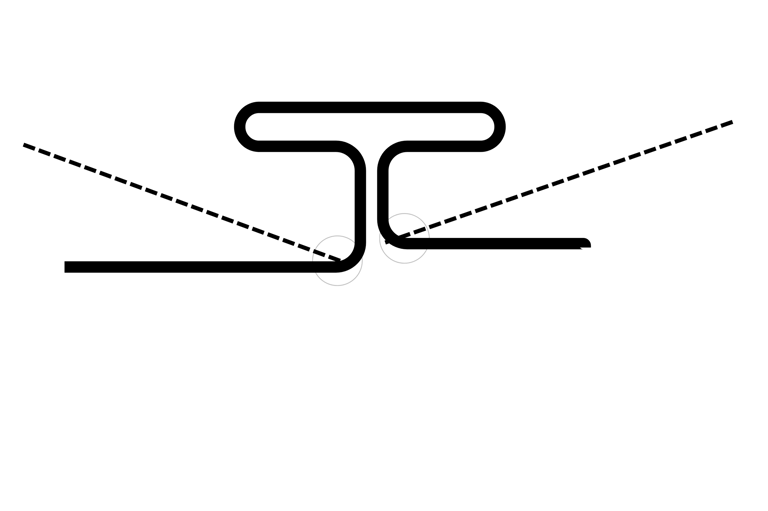T Loops: The Basics
ESSENTIALS
4/6/20253 min read
The higher the loop and the greater the amount of apical wire, the higher the M/F ratio obtained.
Due to anatomical limitations, it is not feasible to enlarge the loop enough to achieve the desired moment-to-force (M/F) ratio. Therefore, additional moments must be introduced through preactivation bends, such as V-bends (gable bends).
In addition to the gable bend, the T-loop can be preactivated by concentrated bends, The concentrated bends are angled bends, but do not occur exactly between the horizontal and vertical legs of the loop. As the gable bends, they present a risk of permanent deformation due to stress relaxation
curvature bends distribuite angular bends between the occlusal portion and apical portion and so decreasing deformation of the wire when in neutral position
The main issue to be considered when adding preactivation Bends is the neutral position. The neutral position is the position of the loop where only moments are used to insert the loop on the auxiliary tubes, i.e., there is no horizontal force
The loop should be nearer to the Segment That you DONT want to move , or in the middle if you want both anterior and posterior segments to move equally
In general, TMA releases 42% less force than stainless steel; thus, normally stainless steel alloys are not the first choice for the T-loop but they can still be used.
Finally Make sure to apply anti rotation bends while doing single canine retraction to prevent rotation of the canine while retraction. ofcourse doing such bends for enmasse retraction is unnecessary












T-loops are essential in controlled space closure mechanics, offering precise control over force systems and moment-to-force ratios. Their design flexibility allows clinicians to tailor biomechanics for anchorage control, and en-masse retraction. This article highlights key biomechanical principles and clinical considerations in the effective use of T-loops in advanced orthodontic treatment.
A T-loop is typically activated by Opening the loop and Cinching it distal to the terminal molar , then as it tends to return to its original shape the space closure happens
However before this activation , Bends are added to the loop arms before placement to modify the moment-to-force ratio. this is called Preactivaation bends




An example of two T loops in their neutral position , Vertical legs should not intersect in neutral position otherwise amount of activation will automatically be increased , you may be activating, for example, 2mm rather than 1mm. This can lead to permanent deformation in the loop and/or release of very low moments, leading to undesired uncontrolled movements




Reference:
The T-loop in details (Amanda Frizzo Viecilli , Maria Perpétua Mota Freitas )



